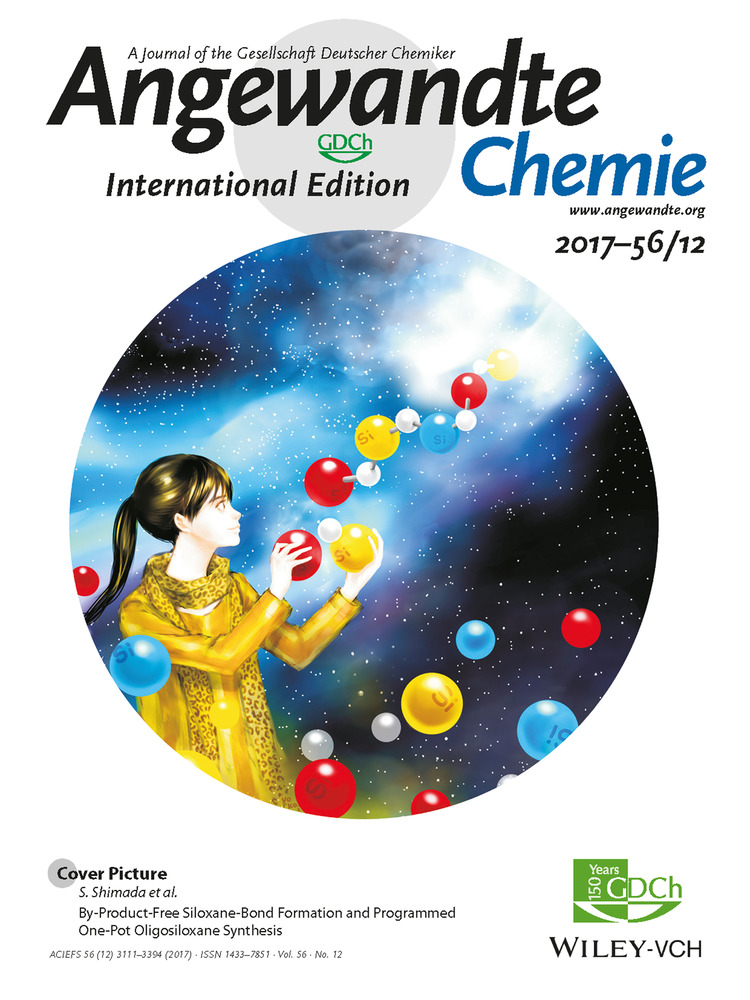Enhancement of C−H Oxidizing Ability in Co–O2 Complexes through an Isolated Heterobimetallic Oxo Intermediate
Graphical Abstract
Odd couple: Treatment of a side-on dioxygen complex of cobalt with a low-valent cobalt or iron diketiminate complex affords a homobimetallic Co/Co or a heterobimetallic Fe/Co oxo complex, respectively. C−H activation in the Co/Fe complex is three orders of magnitude faster than in the homobimetallic analogue.
Abstract
The characterization of intermediates formed through the reaction of transition-metal complexes with dioxygen (O2) is important for understanding oxidation in biological and synthetic processes. Here, the reaction of the diketiminate-supported cobalt(I) complex LtBuCo with O2 gives a rare example of a side-on dioxygen complex of cobalt. Structural, spectroscopic, and computational data are most consistent with its assignment as a cobalt(III)–peroxo complex. Treatment of LtBuCo(O2) with low-valent Fe and Co diketiminate complexes affords isolable oxo species with M2O2 “diamond” cores, including the first example of a crystallographically characterized heterobimetallic bis(μ-oxo) complex of two transition metals. The bimetallic species are capable of cleaving C−H bonds in the supporting ligands, and kinetic studies show that the Fe/Co heterobimetallic species activates C−H bonds much more rapidly than the Co/Co homobimetallic analogue. Thus heterobimetallic oxo intermediates provide a promising route for enhancing the rates of oxidation reactions.





